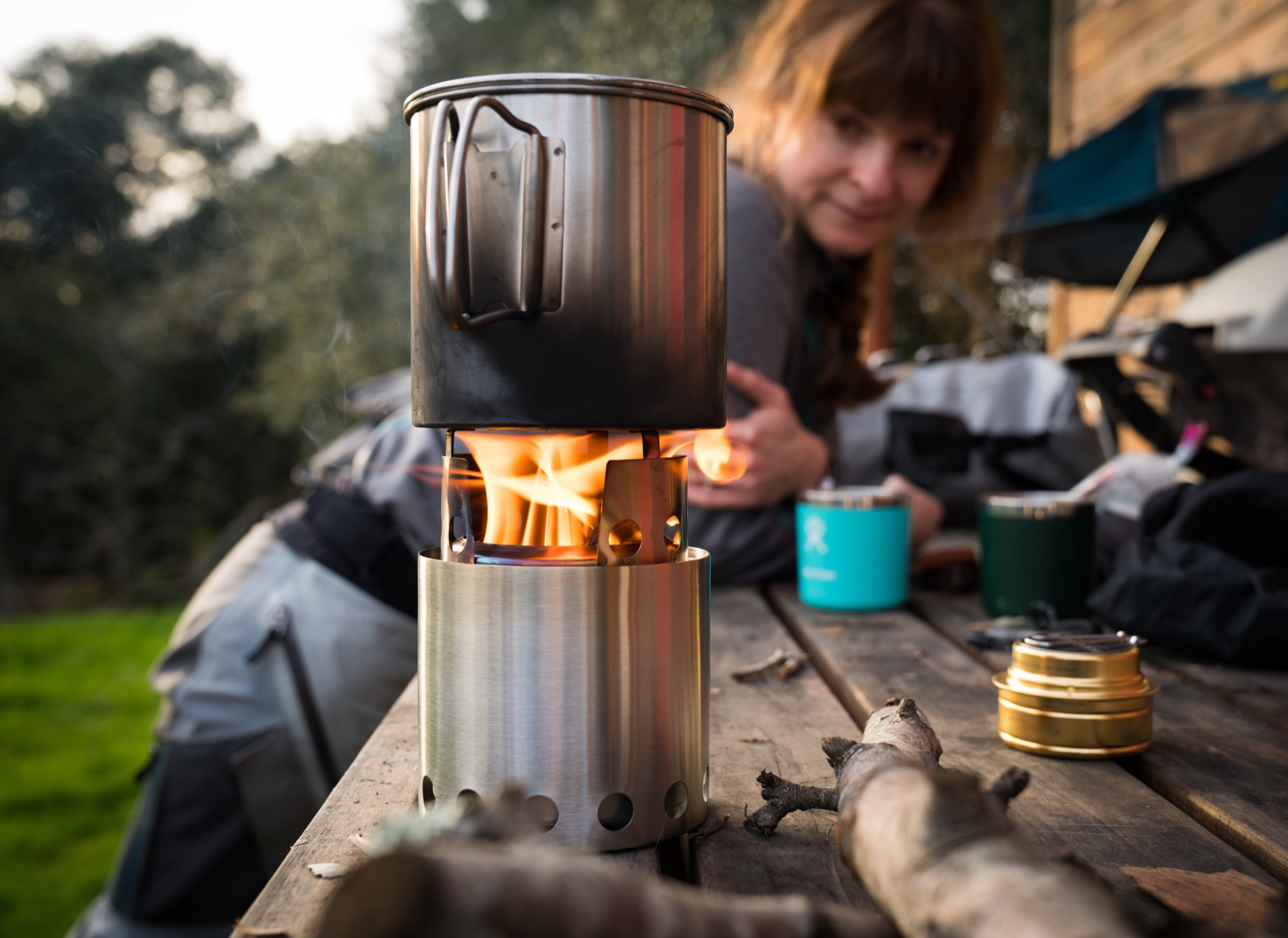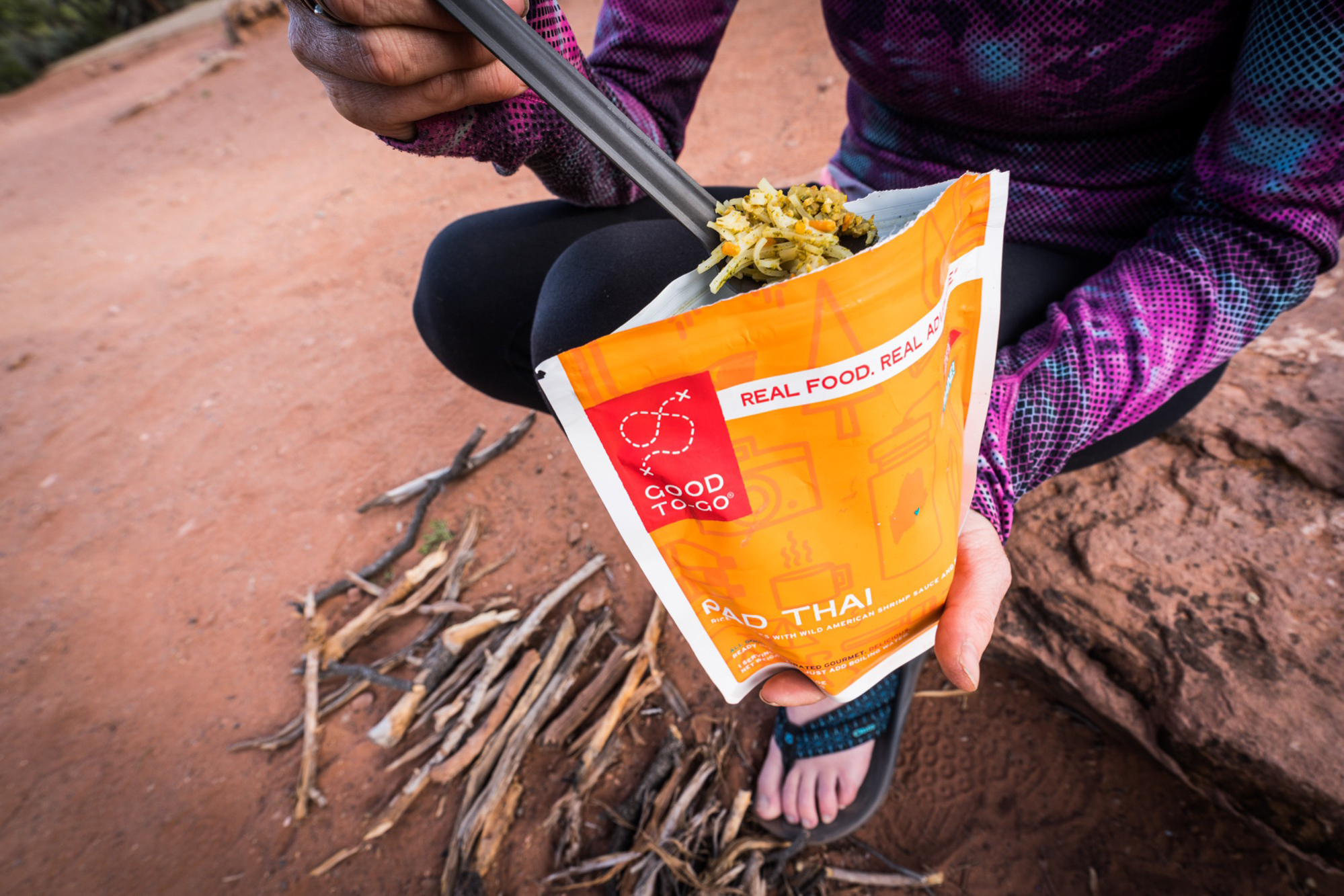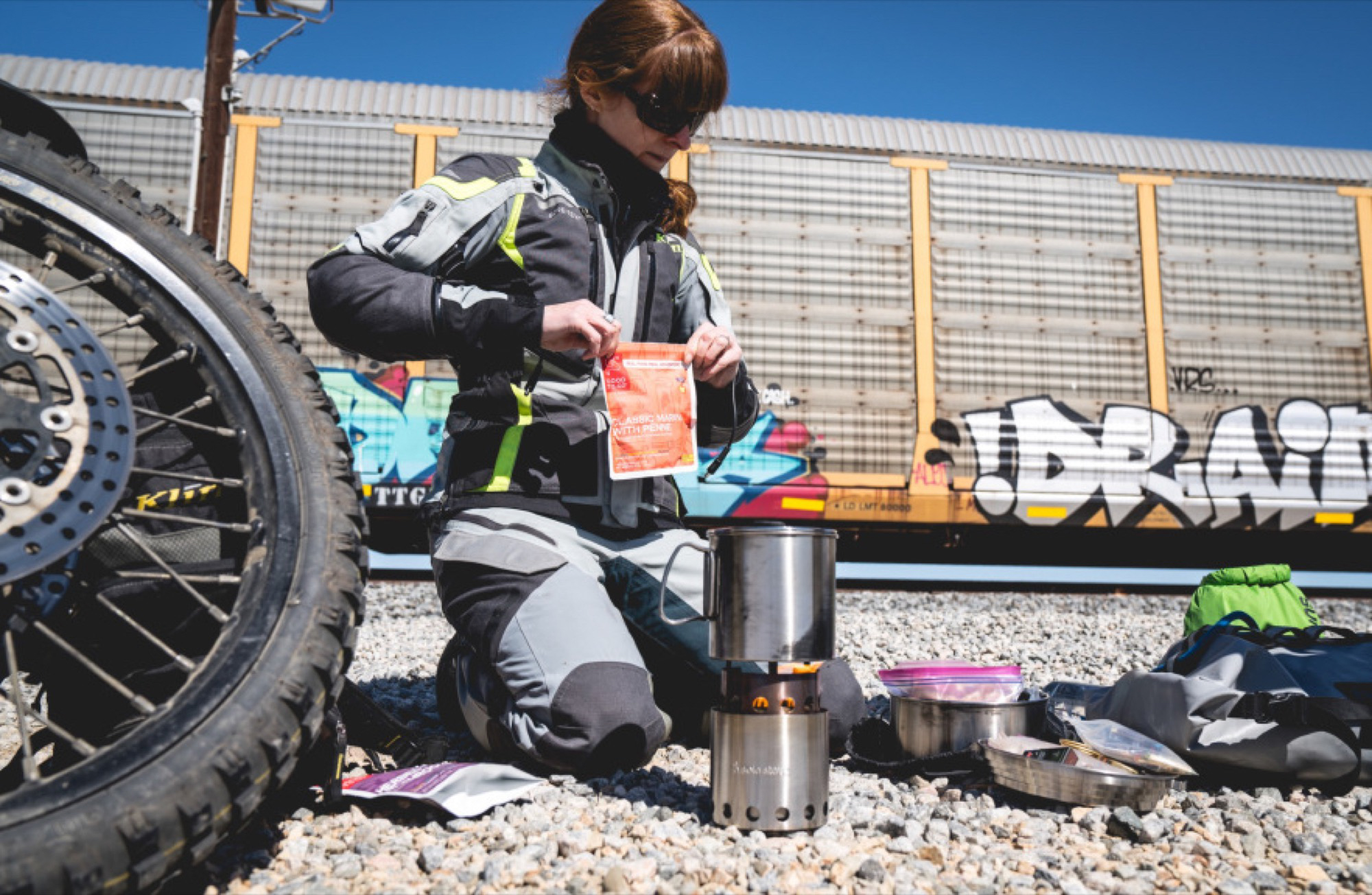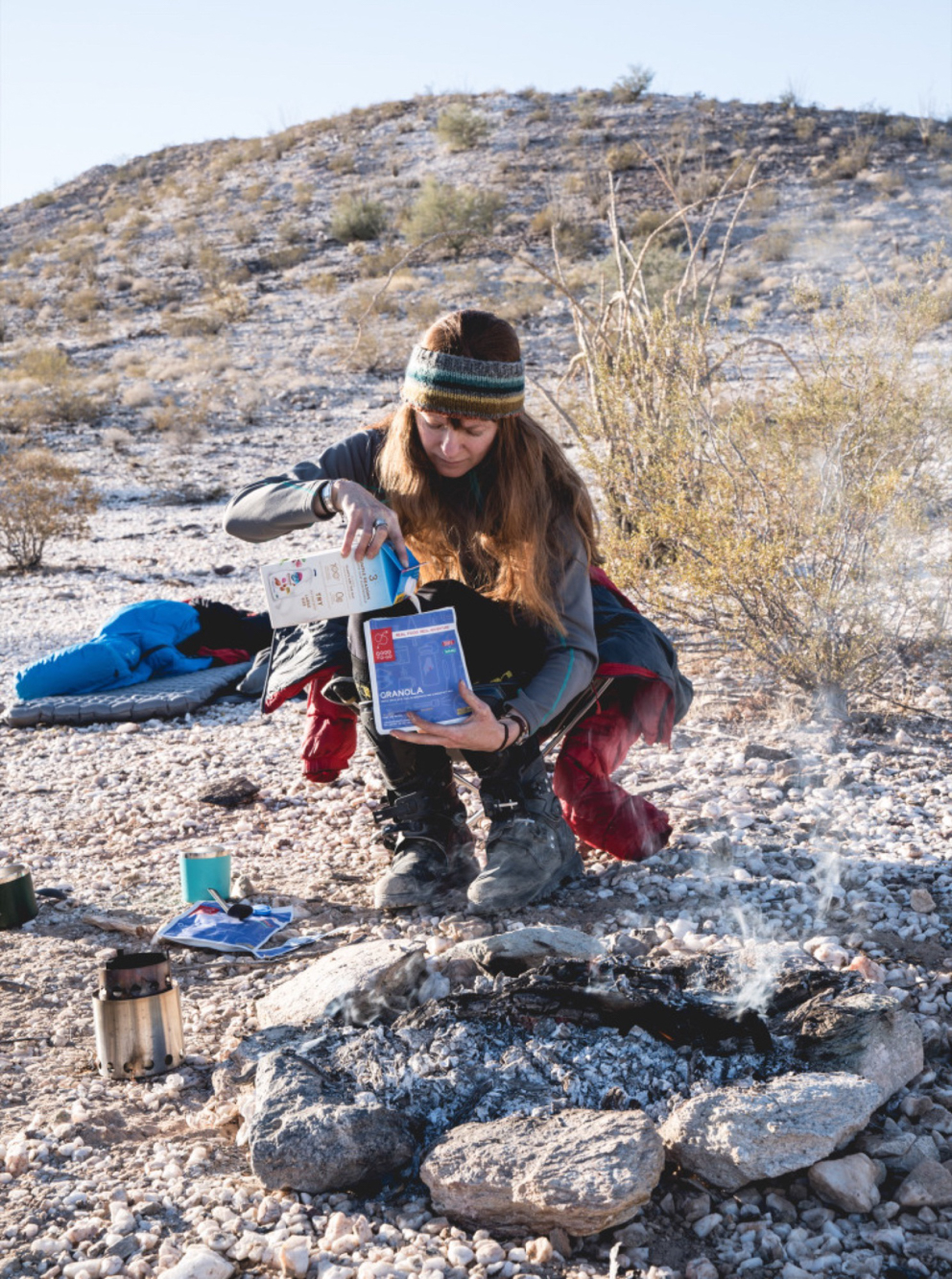To our minds, investing in your long-term health by what you consume on the road is as crucial as opting to pour decent gas in the tank or utilizing the best engine oil one can afford. After all, you are what you eat and sometimes, it’s a challenge to achieve that when in foreign lands. Particularly when budget-led options can be loaded with saturated fat, hidden sugar, dangerously high sodium, and preservatives—not to mention a startling array of unrecognizable nasties, akin to the components of a chemistry set.

During times spent in meat-heavy cultures such as the prominent one found in Argentina, getting hold of fresh vegetables can be a challenge, vegetarian or not. Practically every cut of the cow, sure, but not too many whole foods, which achieve that healthy balance of nutrition. On top of that, it’s a myth if you think a person can survive on pot noodles and cans of tuna alone for months on end. With a perpetual need to nourish our health after more than four years on the road, we’ve noshed our way through the Good To-Go menu to find out whether its culinary offerings really did give us food for thought.

Initial Appraisal
Good To-Go meals are calorie-dense, something that’s needed after a long or energy-intensive day on the road, or a big hike to a backcountry campsite. When compared to similar meals offered by other companies in the market, Good To-Go ones almost always have a higher calorie count per ounce of food. The portions comprise REAL food, where each meal is hand-made from scratch in small batches. And real cooks, not food scientists prepare them. To my mind, this translates to a dinner that’s more flavourful and better for you than the traditional “space food in a bag.”

Utilization of Good To-Go
For those who live frugally like us, Good To-Go meals work extremely well when supplemented with a small bag of frozen vegetables, a handful of anything cruciferous, or a chopped avocado. Plus a sprinkling of mixed herbs if you desire—more for the additional vitamins and minerals than for flavour. This means we can sometimes get away with only using one packet, which is cheaper and elongates our provisions before having to resupply.

When consumed on their own, lunchtimes on the road have become so civilized with one sachet each—incurring zero dirty dishes, two spoons licked clean, and a minimum of waste. Moreover, the packets lend themselves beautifully to our Solo stove system using denatured alcohol or twigs and tinder as fuel. Simply boil some water, wait 20 minutes, and you’re all set to snaffle! Each bag even comes marked with the water fill line. How thoughtful.
Nutrition Value
Having devoured our way through the entire menu, Good To-Go achieves a gold standard in taste and texture, and platinum in the composition and depth of flavour. Surprisingly, coupled with all that, the sachets are packed with nutrition: dietary fiber, protein, vitamins A and C, and minerals such as calcium and iron. Calorie-dense means that they satisfy more than other dehydrated offerings previously sampled, which congealed into something pretty unpalatable by comparison.

Catering to Dietary Requirements
Incredibly, there are more vegan and vegetarian options than the pescatarian choices or poultry option. All are gluten-free and low sodium. What’s more, the dinner choices boast a two- to four-year expiration date. The breakfast choices are good for a year. Varying international cuisines are in attendance from Mexican, Korean, Thai, Indian, and Italian—undeniably, the variety is excellent, no matter what your food label. As low-dairy, whole food, and largely plant-based flexitarians, that really is something to dine out on.

When Space and Weight are at a Premium
The Good To-Good dehydrated offerings are as good as any pre-prepared wet food options, if not better because they’re so much lighter. While some on the market are filled with recognizable ingredients, they often require two sachets per person—the sauce and a filler such as quick-cook rice, doubling up on the wet weight and increasing the cost.
What’s more, in the event of a slow-speed “offy” when enthusiasm outweighs motorcycling skill or any get-off for that matter—trust me when I say that staying light and tight is infinitely better upon picking up a fully laden bike. “I wish my bike were heavier,” said no motorcyclist ever off-road.

Conclusion
As complete Good To-Go converts, we’ve found that Good To-Go’s culinary offerings are just about as honest as pannier food gets. They’re a taste sensation loaded with nourishment, and I wouldn’t be without mine.
PROS
- Dehydrated, not freeze-dried.
- Gluten-free
- Low in sodium.
- Handmade by cooks in Maine, USA.
- Vegan options are available.
- Calorie-dense
- No preservatives.
CONS
- Slightly longer cook time versus freeze-dried meals.
- Shorter shelf life versus freeze-dried meals.
- Once you’ve tried Good To-Go, you may find yourself looking for excuses to be in Mother Nature’s backyard just to eat the meals.
Good To-Go | $6.75 per single sachet | $12.50 per double sachet


